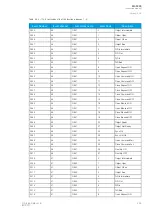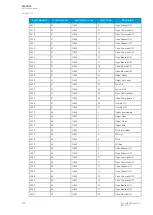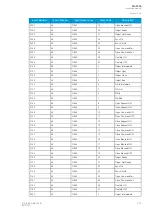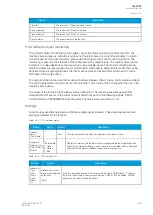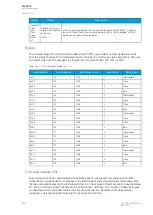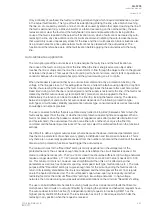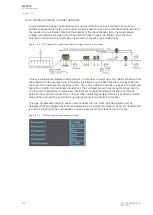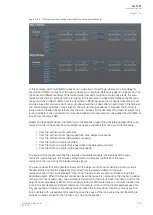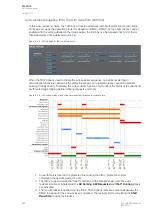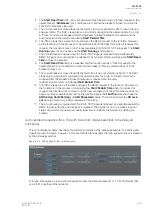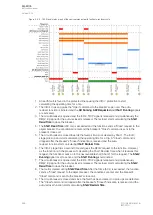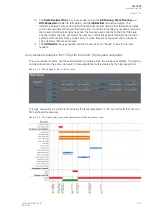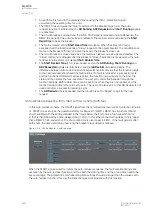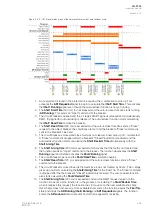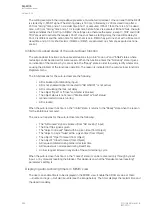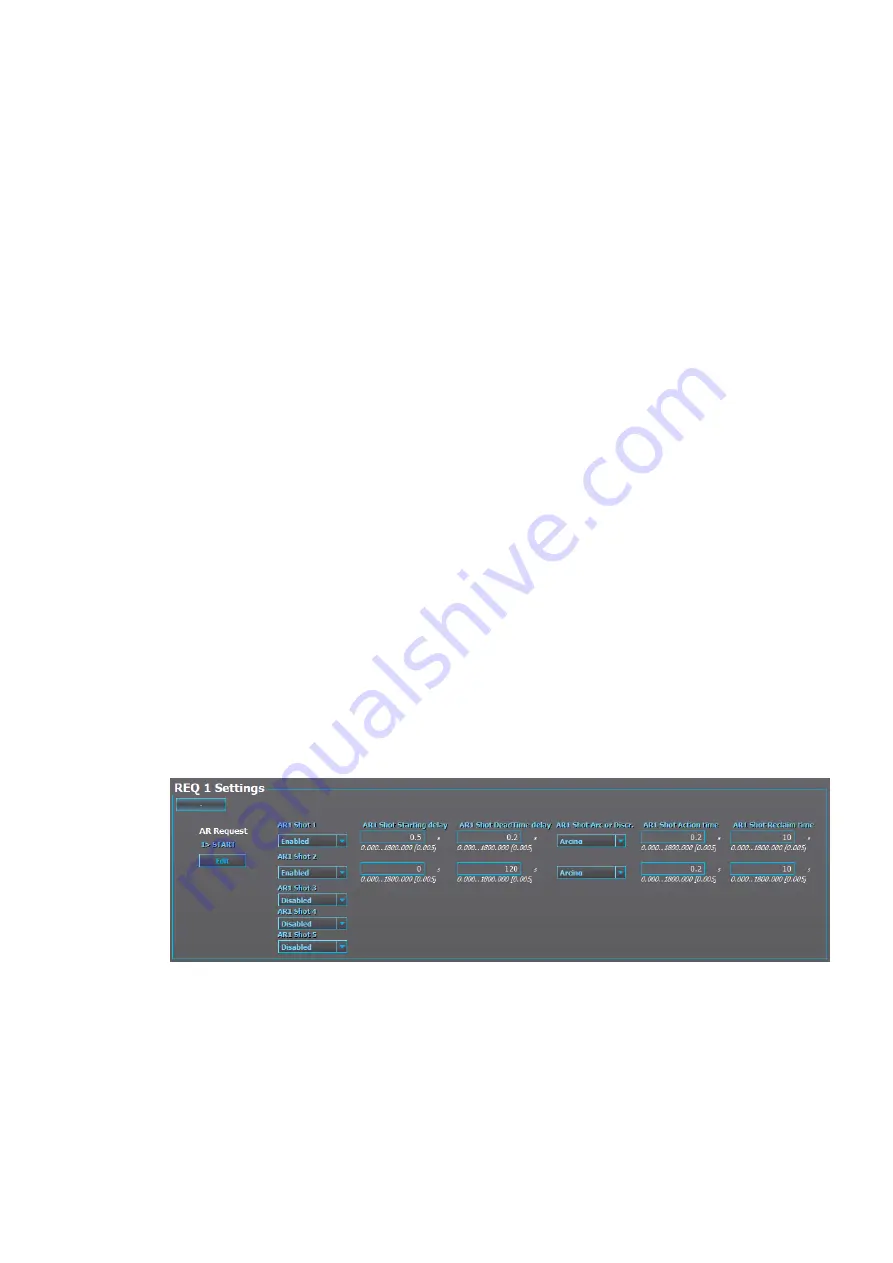
1. An earth fault is found in the protected line causing the I0Dir> protection to start
calculating the operating time for a trip.
2. The I0Dir> trips and gives the "Open" command to the breaker's open coil. The auto-
recloser function is initiated and the AR Running
AR Running, AR2 R
AR2 Request
equested
ed and SSho
hot 1 Running
t 1 Running signals
are activated.
3. The circuit breaker is opened and the I0Dir> TRIP signal is released and simultaneously the
REQ2 trip signal for the auto-recloser is released. The recloser starts calculating the SSho
hot1
t1
Dead T
Dead Time
ime to close the breaker.
4. The fault is cleared during SSho
hot1 Dead T
t1 Dead Time
ime calculation. When that time (200 ms) is
exceeded and the function sends a "Close" request to the object breaker: the conditions are
met and the breaker's "Close" command is sent to the breaker's close coil.
5. The circuit breaker is closed and since the fault was cleared, no pick-ups are detected. The
"Close" command is dropped after the breaker's "Closed" indication is received and the auto-
recloser function starts calculating SSho
hot1
t1 R
Reclaim T
eclaim Time
ime.
6. The SSho
hot1
t1 R
Reclaim T
eclaim Time
ime (10 s) is exceeded, and so the AR Running
AR Running, SSho
hot 2 Running
t 2 Running and
AR2 R
AR2 Request
equested
ed signals are terminated, and the AR R
AR Reclaim
eclaim calculation begins. The
difference between auto-reclosing and shot-specific reclaim times is that the function jumps
to the next available shot should the fault returns. If a fault returns after a successful cycle
and the function's AR Reclaim signal is active, the function jumps directly to the Final Trip
state and then enters the lock-out state. The user can control this behavior through the
function settings. Both reclaim times can be set to 0 s when they are not needed, and the
function skips all timers that are set to zero. The user can also set is so that AR Reclaim is not
used at all after a successful reclosing cycle.
7. The AR R
AR Reclaim
eclaim time is exceeded and the function is set to "Ready" to wait for the next
request.
Auto-recloser sequence from Start with two shots (both fail).
In this auto-recloser scheme, the START signal from the non-directional overcurrent protection function
(I> START) was set up as the operation starter for Request 1 (REQ1). REQ1 has two shots (Shots 1
and 2) enabled with the setting detailed in the image below; the first one is a high-speed shot (0.2
s) that is then followed by a time-delayed shot (120 s). In this scheme the starting delay time is longer
that in REQ2's high-speed shot. The shot action time is also longer in REQ1. If the fault persists after
both shots, the time determining how long the breaker stays closed is reduced.
Figure. 5.4.4 - 186. Settings for I> with two shots.
When the START signal is used to initiate the auto-recloser sequence, the fault duration timings are
overseen by the auto-recloser function and thus both the starting time and the arcing time need to be
set accordingly. The protection's main operating time settings should be longer than the values set to
the auto-recloser function; this way the state changes work properly with this function.
A
AQ
Q-F205
-F205
Instruction manual
Version: 2.04
268
© Arcteq Relays Ltd
IM00013
Summary of Contents for AQ F205
Page 1: ...AQ F205 Feeder protection IED Instruction manual ...
Page 2: ......


